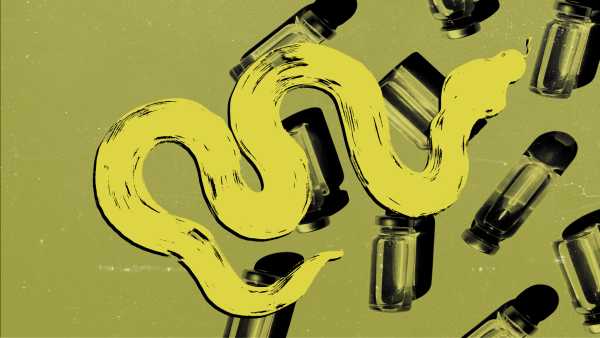
(Image credit: Photo collage by Marilyn Perkins; images by Kuromili and Tanya Ivanova via Getty Images)
When Jacob Glanville first spoke to Tim Friede, he said, “I'd really like to take some of your blood.”
As CEO of the biotech company Centivax, Glanville developed a universal snakebite treatment. Friede is a self-taught herpetologist with a hyperimmunity to some of the world's most deadly snake toxins.
You may like
-
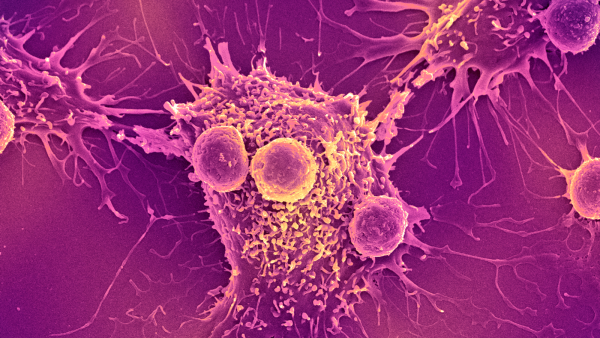
A 'universal' cancer vaccine being prepared for human trials could be useful for 'all forms of cancer'
-
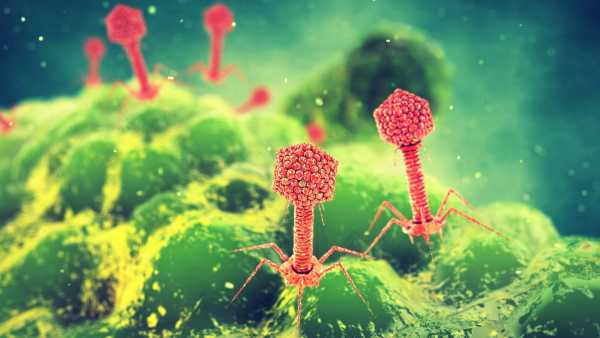
How the battle between viruses and bacteria can help us defeat superbugs
-

“We have effectively destroyed our entire pandemic response capacity,” says leading epidemiologist Michael Osterholm.
For his “universal” antivenom, Glanville needed multiple antibodies, each capable of neutralizing multiple different toxin variants. This is no easy task. Snake venom is a mixture of up to 70 toxins. And different snakes can produce different combinations, variants, and quantities of these toxins, even within the same species, in different geographic regions, and within the same region. Even slight differences in the chemical composition of the toxins can lead to completely different reactions to a bite, making antivenom effective against one snake species but ineffective against another.
But Glanville suspected that achieving his goal might still be possible, since structurally, all venom toxins are variations of approximately 10 classes of proteins. This suggests that the key sites where these proteins bind to human cells may be similar across many venoms.
“If researchers could find antibodies that attach to these common binding sites, we could create a cocktail that could become a universal antidote,” Glanville said.
He hoped that antibodies in Friede's blood might act against some of these similar sites. Using a 40-milliliter sample of Friede's blood, Glanville, biochemist Peter Kwong, and other researchers at the National Institutes of Health and Columbia University created a “broad-spectrum” antivenom. In 2025, Glanville, Kwong, and their colleagues reported that in mice, a mixture of three agents, including some derived from antibodies in Friede's blood, provided broad protection against the venom of 19 snakes in the elapid family, comprising about 300 species, including various cobras, mambas, taipans, and kraits.
Glanville believes his research demonstrates that a universal antivenom is possible. However, other experts are skeptical about the necessity and practicality of such an approach. They say a “universal antivenom” isn't needed. They would prefer a set of several antivenoms, each tailored to snakes in a specific geographic region and capable of being produced cheaply and quickly.
An Instagram post from Friede, who has suffered over 800 snake bites and “self-immunized.” (@timfriede794)
The photo was published on
Toxic threat
According to the World Health Organization, up to 138,000 people die from venomous snakebites each year, primarily in Africa, Asia, and Latin America. However, these figures may be underestimated because victims do not always seek medical attention.
Furthermore, quickly obtaining the right antivenom is challenging. People may not always know what snake bit them, as there are approximately 600 species of venomous snakes, and often several species live in the same region.
You may like
-
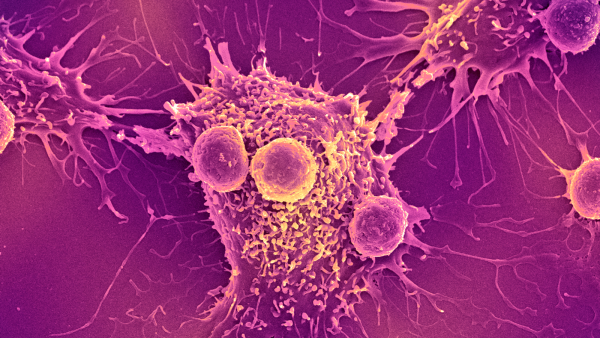
A 'universal' cancer vaccine being prepared for human trials could be useful for 'all forms of cancer'
-
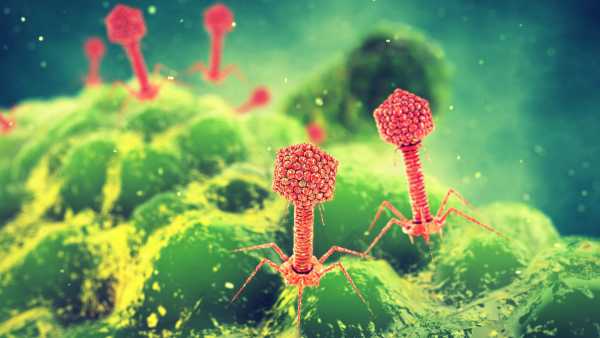
How the battle between viruses and bacteria can help us defeat superbugs
-

“We have effectively destroyed our entire capacity to respond to a pandemic,” says leading epidemiologist Michael Osterholm.
Generally, toxins in snake venom are divided into three categories: neurotoxins, which damage the nervous system; hemotoxins, which disrupt blood flow and blood clotting; and cytotoxins, which damage cells and tissues.
Most elapid snakes rely on neurotoxins. The most deadly are the three-chain toxins (3FTX), named for the characteristic finger-like loops in their protein structures. The 3FTX family includes long-chain and short-chain neurotoxins (LNX and SNX), which are the most dangerous because they often rapidly and irreversibly bind to muscle nerve cell receptors, blocking their activation.
If left untreated, 3FTX causes rapid muscle paralysis and death.
Developing a universal antidote
To develop a new antivenom mixture, Glanville's team isolated DNA from Friede's blood and created a library of antibodies that neutralize snake venom toxins. From this library, they isolated those that neutralized many of the most dangerous toxins.
You don't create a drug that has insulin, an Alzheimer's drug, a cancer drug, a bad breath drug, and combine them into one pill and say, “Hey, [if you] suffer from one of these diseases, here, just take our multi-component drug.”
Andreas Hougaard Laustsen-Kiel, Technical University of Denmark
“Antivenoms work by neutralizing one [toxin], and the entire venom is neutralized,” said Kartik Sunagar, an evolutionary geneticist who heads the Evolutionary Venomics Laboratory at the Indian Institute of Sciences and is working on developing antivenoms for snakes native to specific regions of India. “This way, you can achieve broad neutralization, since many of these toxins are common across species.”
Glanville and his colleagues found that the antibody LNX-D09 was effective against LNX, while another, SNX-B03, was effective against SNX. They combined them with the drug varespladib, which had previously been shown to neutralize another type of snake venom toxin, phospholipase A2 (PLA2), which disrupts cell membranes, causing tissue death, inflammation, hemorrhage, and swelling. This cocktail protected mice against 19 species of venomous snakes—complete protection against 13 species, and reduced the severity of symptoms for the remaining six species. Their paper was published earlier this year in the journal Cell.
A difficult task
However, the complexity of snake venoms makes developing a universal solution extremely challenging.
“Snakebite isn't just one disease… [and] every snakebite has a different venom composition. Toxins important in African snakes may not be present in the venom of any snake in the Americas,” said Andreas Haugaard Laustsen-Kiel, a biotechnologist at the Technical University of Denmark who is working on developing broad-spectrum snakebite treatments. “Toxins important in African snakes may not be present in the venom of any snake in the Americas.”
Laustsen-Kiel doesn't believe a universal antidote for snake venom is possible—or even necessary. “You can't create a drug that combines insulin, an Alzheimer's drug, a cancer drug, and a bad breath drug into one pill and say, 'Hey, [if you] suffer from something like this, just take our multi-component drug,'” Laustsen-Kiel told Live Science.
He also cautioned against speculating on the imminent availability of a “universal” antivenom. The new antivenom cocktail developed by Glanville's team is effective against snakes from many regions, but it is only effective against the venoms used in the study.
“To the untrained eye, this may seem like a very broad neutralization, but the venoms of all the selected species are very similar,” said Laustsen-Kiel. However, the snakes mentioned in the study often have close relatives in the same regions that produce a different venom than the one targeted by the new mixture, so, he said, it is unlikely to affect their venoms.
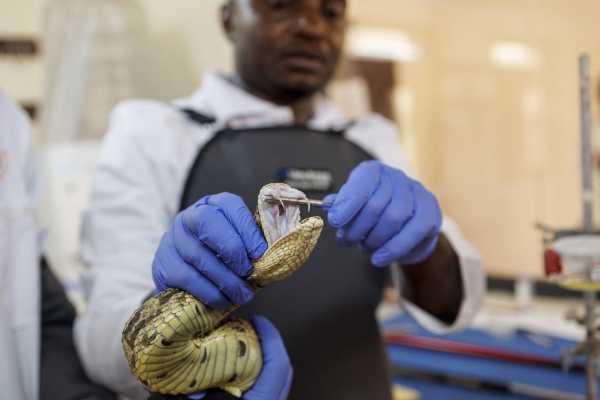
A herpetologist extracts venom from an African puff adder for antivenom research. Some experts argue that developing effective antivenoms will likely require testing the venoms of snakes from specific regions.
Nevertheless, he says, Glanville and his team's work is important because it confirms the effectiveness of an approach that has been in place for ten years. “Working individually, generating high-quality, broadly neutralizing antibodies, and then creating cocktails from them, this is likely a good strategy for creating more effective antivenoms.”
According to him, rather than trying to create a universal antivenom, a better approach would be to mix and match a broad-spectrum set of antibodies specific to each region. This would mean focusing on the venoms of snake species found in a specific region, rather than those found worldwide.
A century-old technology for producing snake venom antidote
But there's another obstacle to creating the perfect antivenom: production is still based on a 125-year-old technology of injecting venom into animals like horses or sheep and using their antibodies to create antivenom for humans. This approach has numerous drawbacks. First, most snake species lack specific antivenoms, and even if they do, their effectiveness can vary due to differences in venom composition. Furthermore, non-human antibodies can cause allergic reactions such as anaphylaxis and serum sickness in some patients.
Laustsen-Kiel wrote in 2024 that the field needed a way to quickly and efficiently produce human monoclonal antibodies (mAbs)—antibodies created in a laboratory and designed specifically for the human immune system—that act against multiple variations of the same class of toxins.
We may be closer to this goal than to a universal antivenom. In February 2024, Sunagar and his colleagues reported the creation of a broad-spectrum human monoclonal antibody against various species of LNX asps. After testing over 50 billion synthetic human antibodies, they settled on one that performed well. Their research laid the foundation for the development of more such antivenoms.
The secret to such broad neutralization, Sunagar explained in an interview with Live Science, is that disabling one key component of snake venom neutralizes it completely. Therefore, only one specific antibody effective against many venoms with similar toxins would need to be found.
Their synthetic antibodies neutralized all the venom of the king cobra (Ophiophagus hannah) in the Western Ghats of India, the monocled cobra (Naja kaouthia) in eastern India, the many-banded krait (Bungarus multicinctus) in Southeast Asia, and the black mamba (Dendroaspis polylepis) in sub-Saharan Africa.
“Broad neutralization is no longer a problem,” Sunagar told Live Science. “The only challenge is mass-producing these antibodies and making them available for snake control projects.”
He added that the more components an antivenom contains, the more expensive it is, making its production and distribution in developing countries, which suffer the most from snake bites, economically unviable.
Although Glanville believes a universal antivenom is possible, his cocktail has not yet been tested on humans. His company is in discussions with a veterinary group in Australia about testing the cocktail on pet dogs after snakebites. They are also exploring the possibility of creating a similar broad-spectrum antibody mixture for vipers.
On the other side of the world, in India, Sunagar's lab is working on creating an antibody against vipers. His idea for a universal antivenom isn't limited to a single product.
RELATED STORIES
—13 of the most venomous snakes on the planet
— A deadly snake produces enough venom to kill 400 people during a record-breaking “milking” event.
A tourist picked up a venomous snake and died after the bite triggered a rare allergic reaction, authorities say.
“Theoretically, creating such an antivenom is possible, but I don't think it's necessarily the best solution,” he said. Rather, he envisions a combination of two or three drugs for different areas of the body that would neutralize a much wider range of snake venoms than what's currently available.
Meanwhile, Glanville's team is now developing an antivenom to counteract bites from another large family of venomous snakes: vipers.
“We're following the same plan of action as we did with the asps… [and] preparing a second cocktail,” Glanville said.

Payal Dhar, Research Fellow
Payal Dhar (she/they) is a freelance journalist writing about science, technology, and society. They cover artificial intelligence, engineering, materials science, cybersecurity, space, gaming, online communities, and any new technology that catches their attention. They have written for Science News, Scientific American, Nature, the Washington Post, the Guardian, Chemical & Engineering News, IEEE Spectrum, and other publications. They also write in the science fiction and fantasy genres. You can follow her @payaldhar.bluesky.social or explore her work at payaldhar.contently.com.
You must verify your public display name before commenting.
Please log out and log back in. You will then be asked to enter a display name.
Exit Read more
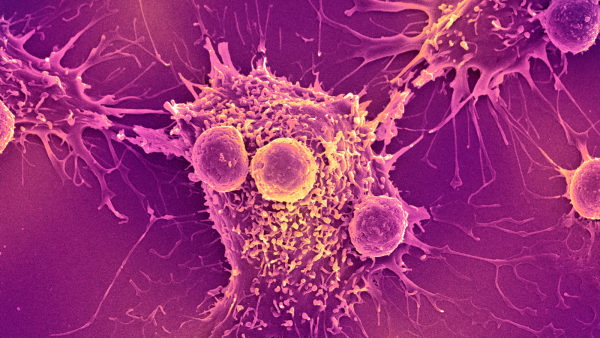
A 'universal' cancer vaccine being prepared for human trials could be useful for 'all forms of cancer'
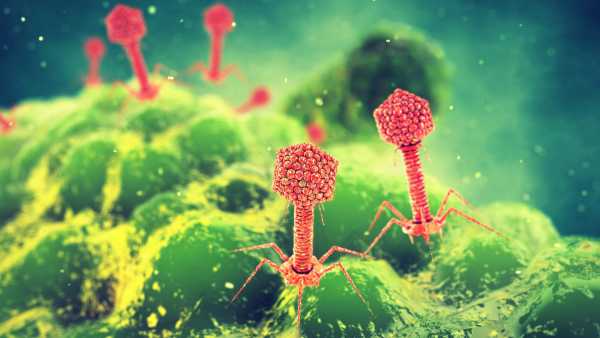
How the battle between viruses and bacteria can help us defeat superbugs

“We have effectively destroyed our entire pandemic response capacity,” says leading epidemiologist Michael Osterholm.
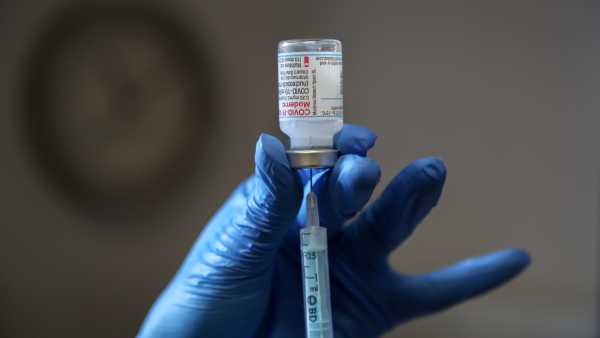
'These decisions were completely reckless': Cutting funding for mRNA vaccines will make America more vulnerable to pandemics.
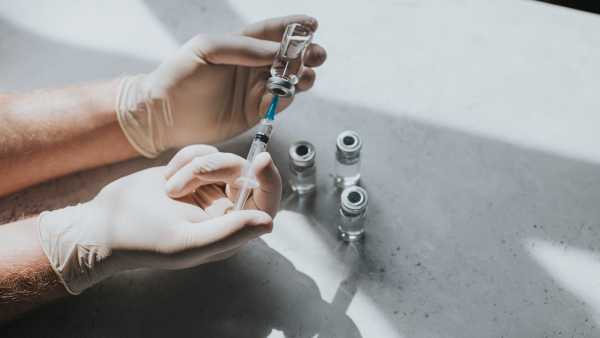
Experimental HIV vaccines have shown promising results in early safety trials.
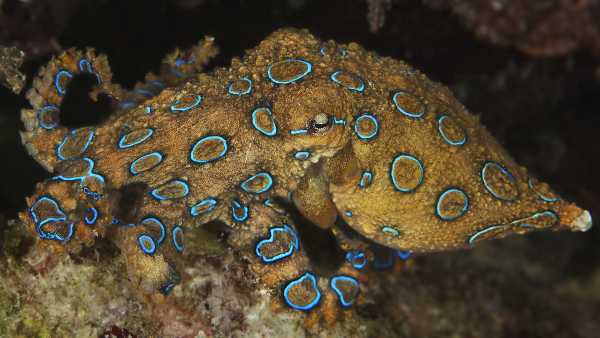
Why is the blue-ringed octopus so dangerous?
Latest news about snakes
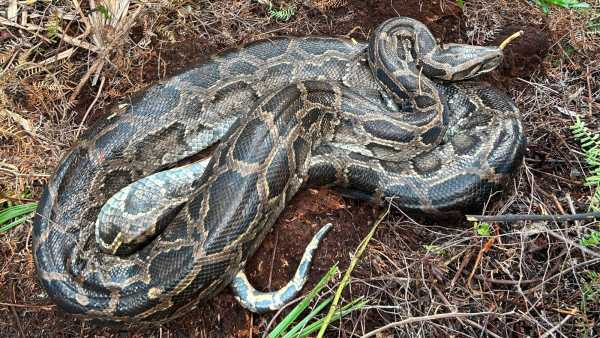
A cold snap in Florida caused a Burmese python to vomit up an entire deer.
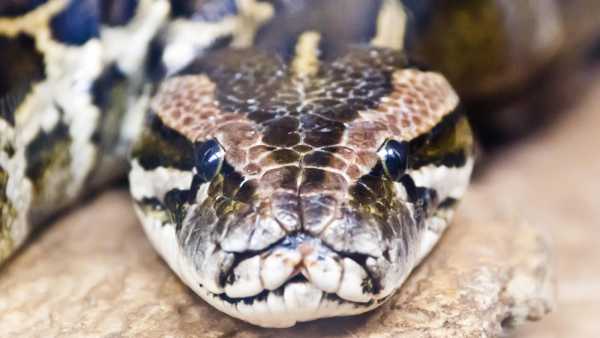
Scientists have discovered that Burmese pythons have previously unseen cells that help them digest entire skeletons.
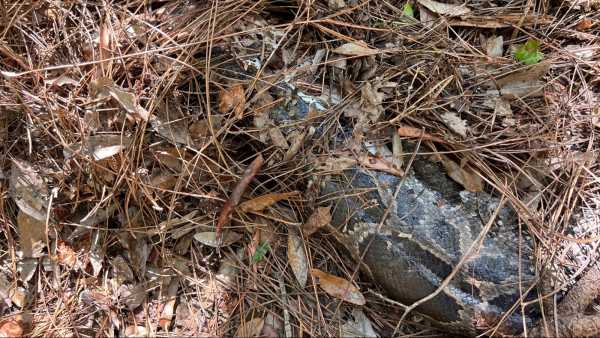
A Florida lynx bit the head off a 13-foot Burmese python in the Everglades.
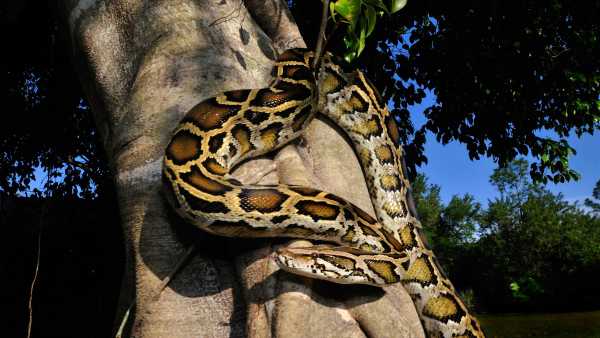
'A Speeded-Up Version of Darwin's Evolution': How a Cold Snap in Florida Could Have Caused Burmese Pythons to Evolve at Incredibly Fast Speeds
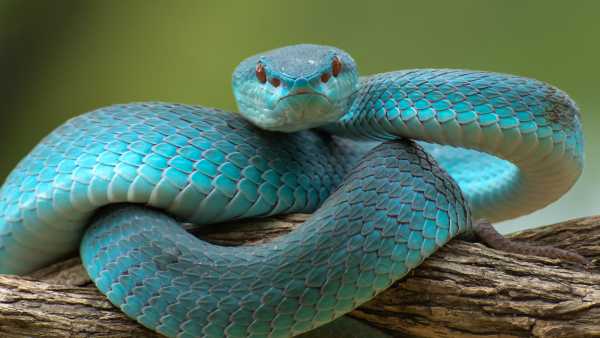
Snake Quiz: Let's test what you know about these crawling reptiles.
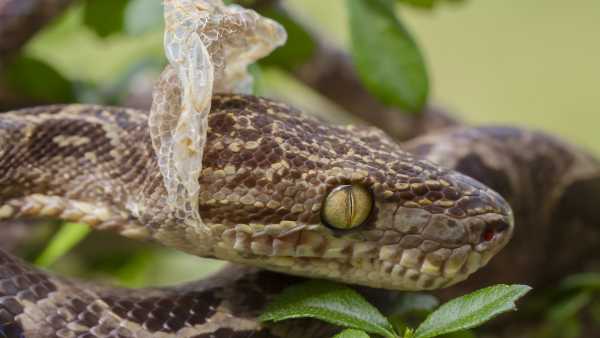
Why do snakes shed their skin?
Latest features
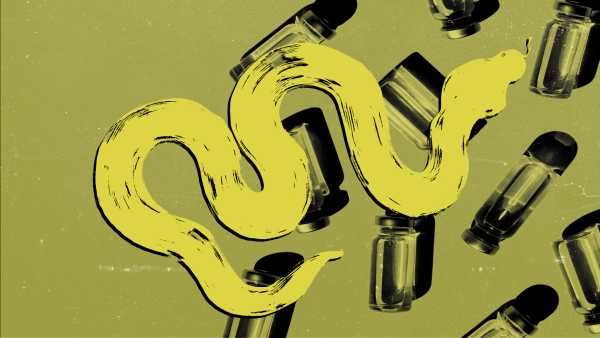
Scientists may soon be able to create a “universal antidote.” But will it save lives?
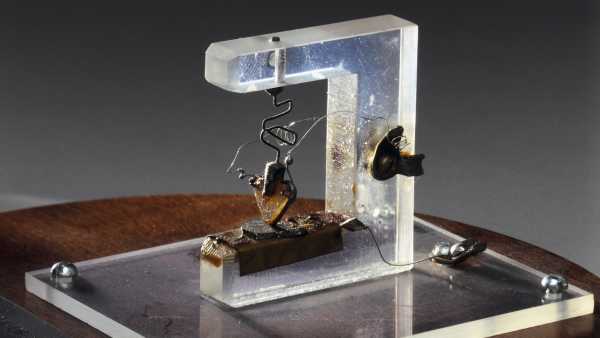
History of Science: Invention of the Transistor Opens the Era of Computing – October 3, 1950

A woman developed unusual bruises from a massage gun. It turned out she had scurvy.

The Sahara Sea's 'star dunes' collide with an otherworldly landscape where two countries meet.
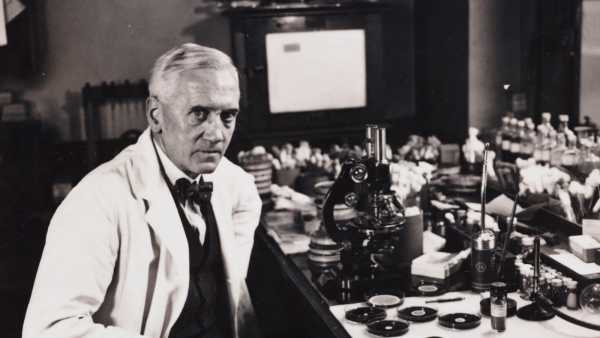
Alexander Fleming wakes up to find strange mold growing in a petri dish and then accidentally discovers the first antibiotic – September 28, 1928

History of Science: Rosetta Stone Deciphered, Opening Window into Ancient Egyptian Civilization – September 27, 1822
LATEST ARTICLES

1Harvest Moon 2025: Watch a rare supermoon in October against a backdrop of shooting stars
Live Science magazine is part of Future US Inc., an international media group and leading digital publisher. Visit our corporate website.
- About Us
- Contact Future experts
- Terms and Conditions
- Privacy Policy
- Cookie Policy
- Accessibility Statement
- Advertise with us
- Web notifications
- Career
- Editorial standards
- How to present history to us
© Future US, Inc. Full 7th Floor, 130 West 42nd Street, New York, NY 10036.
var dfp_config = { “site_platform”: “vanilla”, “keywords”: “type-feature,serversidehawk,videoarticle,van-enable-adviser-
Sourse: www.livescience.com





